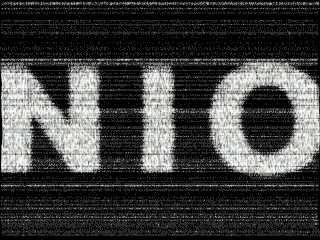As soon as one gets the upper hand, the other one goes underground. It is the same in Amstelveen. Where the Beneluxbaan gets precedence, the other traffic routes that cross it, are built underneath, resulting in tunnels and crossovers. The term ‘underground’ should then be taken both literally and figuratively. These tunnels and crossovers are hidden from the physical space (from the eye) as well as from the mental space (from the concept); dead functional things for which no one could have any feelings. It is an art to make these kinds of spaces specific again and to bring them back to the symbolic circuit.
Is it possible to transform a space that has gone underground and that has been buried as traffic space, into a place to stay? A room that you do not just enter and leave, but that you actually visit? And the other way around: are people capable of behaving like guests instead of hooligans suffering from amnesia, in these kinds of spaces? Not as long as the tunnel only belongs to the municipality, but they will if this is the room of a lucid mind who has decorated the civil construction to his own personal wishes (we suspect, by the way, this is Vasarely’s room).
A boy cycles after his own shadow in the tunnel. He lives in Westwijk and commutes every day between his house and his school, which is situated just at the other end of the tunnel. At home he lives in the well-oiled 3-D world of computer games. At school he slowly writes letters and numbers in clumsy little 2-D notebooks. Both worlds are completely incompatible, also in the cycling boy’s head. Both worlds are constantly arguing except in this small black-and-white universe in which they embrace (or strangle?) each other and become profoundly 2½-D.





